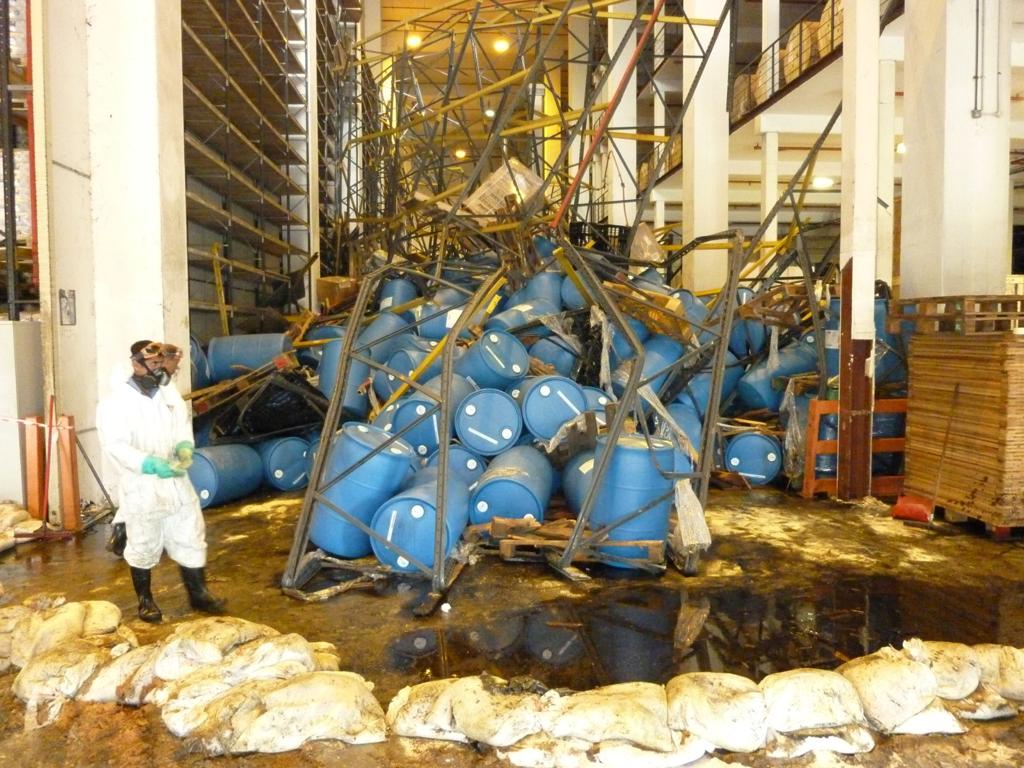In the recent world of business, many manufacturing companies are progressing towards practices that ensure environmental sustainability. It is clear to state that increasing recycling is transforming many companies from zero waste to landfills. On my side, zero waste in landfills is very much acceptable.

Although there is a lot of confusion on the issue of zero waste in landfills, I will add my views on the subject. Many companies in the world are programming themselves to ensure that they achieve a certificate of zero waste landfilling.
Zero waste to landfill is acceptable as several companies today are certified by reputable organizations like Green circle Certified and NSL International (Curran, & Williams, 2012).
Zero waste to landfill is defined as, the solid waste produced in a specific company being reused and recycled, in case of any remains they should be well composted or disposed of through some highly monitored outlets to ensure no harm to the environment.
This will be acceptable to be called zero waste to landfill because it is a process determined to avoid waste products being directly filled to the land or to air uncontrolled something that can lead to environmental degradation. So in an event fulfilling the above measures a company qualifies to get certified.

Another way to ascertain that it’s zero waste to landfill is through those companies that give room to landfilling a very small percentage of waste. In this case, we find that it’s very difficult to achieve perfection in an organization.
ALSO READ: The Heart of Africa’s Serengeti Ecosystem Under Threat From Human Related Activities.
The reason lack of perfection is the issue of failure which depends on the type of raw materials of the company. If the company is dealing with materials that cannot be reused and which cannot be recycled then they dispose of them to other companies which may need them as raw materials (Matete, & Trois, 2015).
If the other company uses them to achieve their goals and the waste remains to be a threat to the environment they are landfilled. In this case, a company claiming to be zero waste to landfill is acceptable because there is no other option or step to be taken.
Other companies are known to be zero waste to landfill because they use the wastes again and again then let the final waste be taken by other companies as raw materials and with no doubt, they are certified by certifying companies like NSL international.
From the above argument, it’s clear to declare that there are no universal standards used by the certifying companies. It depends on the type of products and raw materials a company is dealing with.

If the waste cannot in any way get reused and recycled forcing the company to landfill them then it’s reasonable to landfill the waste as the company is given a certificate (Young, & Fan, 2013).
Another incidence is when the third party for certifying a company has put a program of less than one hundred per cent hence giving an allowance of about 3 per cent as the requirement to certification to accommodate waste incinerated through waste to energy.
Benefits of Zero waste to landfill
Zero waste to landfill has solved the challenges of limited resources in the global growing population. It has promoted the reduction by elimination of waste and minimizing waste in the beginning.
Another example of a benefit is reuse, this has worked through using the waste several times and for different purposes. Through the reuse of wastes, it ensures that society gets maximum benefits from the use of one original raw material.
Another most important benefit to society is recycling waste (Lang, 2015). This is sending off one company’s waste materials to another different company as a new resource for new products.
The purpose of zero waste to landfills is to better the lives of people economically and health-wise.


Comments